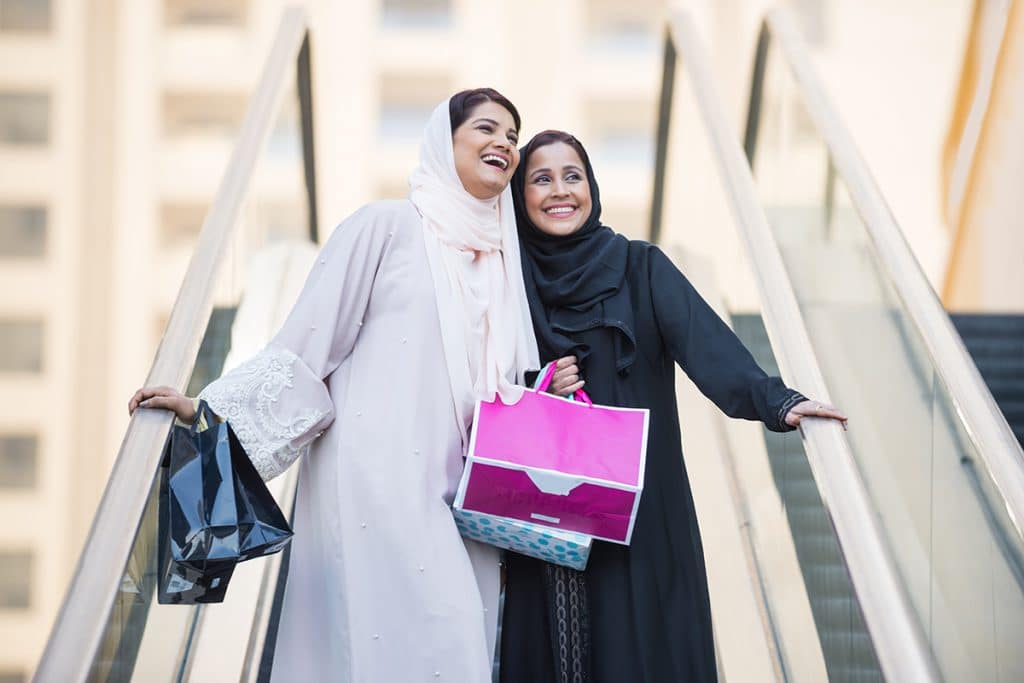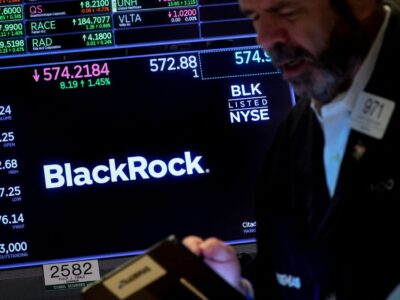Women’s fashion wear is taking Saudi Arabia by storm, emerging as the fastest-growing retail segment in the last five years, capturing a quarter of the entire retail market in the country, according to the latest market research.
The Kingdom’s fashion industry is predicted to evolve into a whopping over $53 billion (SAR 200 billion) market by 2030, with D2C (direct-to-consumer) brands emerging as a significant pillar for future growth.
Rising female workforce participation, coupled with increasing westernisation of clothing, besides rising social media influence and mushrooming of online shopping platforms are the driving forces for the unprecedented growth in the fashion wear segment in Saudi Arabia, the research by global advisory firm RedSeer said.
A young, tech-savvy population with high disposable income will fuel the growth of online fashion, driven by demand for convenience and personalisation, it said.
Leading online, omnichannel players lead the surge in fashion wear
Industry experts said the emergence of a number of retail and online players led by global and regional biggies such as Amazon, Shein, Temu, Sun & Sand Sports, Noon and Namshi have also led to the surge in women’s fashion wear in the Saudi market.
Cenomi Retail, Centrepoint, Middle East’s luxury online retailer Ounass, Turkish fashion clothing major Trendyol and fashion and footwear major Alshaya Group are the other major players in the fast-growing fashion wear segment in the Kingdom.
Their entry and market growth were facilitated by the recent policies initiated by the Saudi Arabian government as part of its big, bang moves to promote non-oil sector growth to diversify the country’s economy.

The policy push, along with multi-billion investments in various non-oil sectors, including the retail sector, are projected to drive Saudi Arabia’s economy to reach $1.46 trillion (SAR 5.5 trillion) by 2030.
The RedSeer study revealed that online retail is driving the surge in fashion products in the Saudi Arabian market, growing five times since 2019 to account for 20 percent of the overall fashion retail market in the country.
Besides, online sales also are estimated to have contributed 90 percent to the overall growth of the segment.
“Online has been a driver to fashion in Saudi Arabia, with 90 percent of the growth coming from this segment,” Sandeep Ganediwalla, Dubai-based Partner at RedSeer Strategy Consultants, told Arabian Business.
“This high growth is driven by the online fashion focussed players such as Shein and Omni-channel fashion specialists that provide a wide variety of products at competitive prices,” he said.
RedSeer said going ahead, it anticipates the Saudi fashion industry to evolve into a SAR 200 billion ($53.30 billion) market, with online emerging as a significant pillar for future growth.
D2C, local brands to dominate future growth
The study said though e-tailing specialists and omni-channels currently dominate the fashion wear segment, growing local trends and demand for variety will create a fertile ground for local D2C brands to thrive in the future.
“As women need more official outerwear to embark on all types of jobs in the future, it will lead to demand for more local, D2C brands,” it said.

Comfortable apparel, footwear and accessories are also needed for driving cars, pushing up demand for trendy, stylish wear, while active participation of women in sports will boost demand for sportswear, the study said.
Reimagining the Abaya as a modern and chic wear, instead of treating it simply as a black modest dress, is adding to the rising fashion trend in the country, RedSeer said.
The hair and head accessory market is also expanding in a big way as the head cover is no longer required for women, it said.
The study said opportunities for local D2C brands are to thrive with about 60 percent of shoppers in the country willing to try new local brands, while 55 percent of shoppers are also seeking varieties.
A sizeable number of Saudi shoppers – 45 percent – want to go for trendy but modest fashion, it said.
Ganediwalla said market players such as Landmark and Kamal Osman Jamjoom (KOJ) have successfully created local fashion brands and taken them to customers directly on the offline side.
“With Saudi consumers becoming very digital in their buying journey and 60 percent of them open to trying new local fashion brands, we expect to see local digital-focused direct-to-consumer (D2C) brands to drive fashion in the future,” the RedSeer senior executive said.
Currently, e-tailing specialists lead the fashion retail market in Saudi Arabia, accounting for 50 percent of the total sales, followed by omni-channels with 30 percent, the study said.








